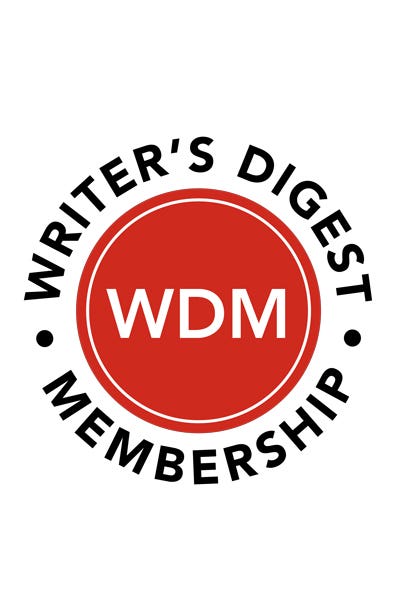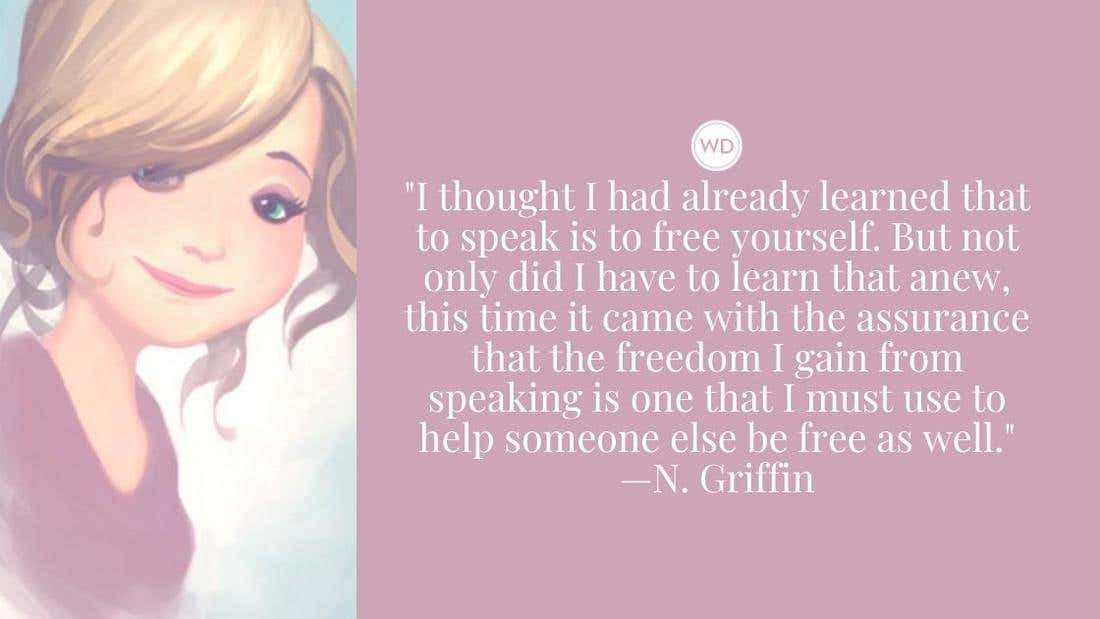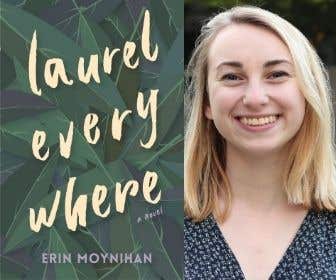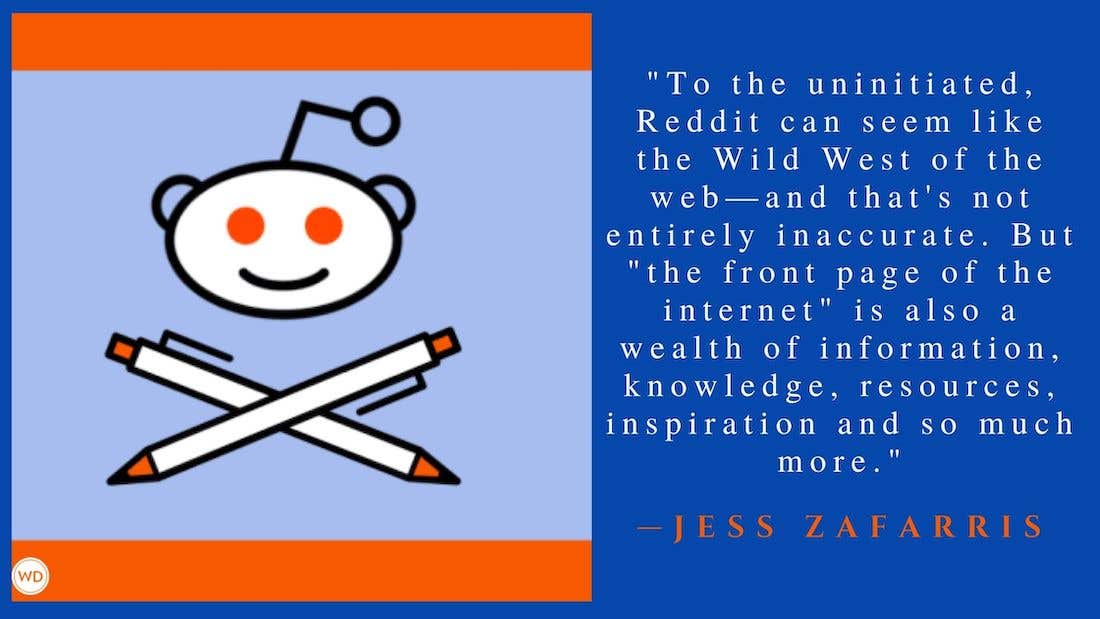Writing for Kids With Judy Blume
Learn about writing for kids with Judy Blume, author of Freckle Juice, Superfudge, Are You There God? It’s Me Margaret, and more. This interview originally appeared in the November 2001 issue of Writer’s Digest.
Learn about writing for kids with Judy Blume, author of Freckle Juice, Superfudge, Are You There God? It's Me Margaret, and more. This interview originally appeared in the November 2001 issue of Writer's Digest.
Judy Blume keeps a notebook that she calls her "security blanket." The idea behind the notebook came from a writing class she took at New York University 35 years ago. "My teacher suggested a looseleaf notebook divided into sections—plot, character, dialogue, chapter outline," she says. "I still have that first notebook, but it's not what I use today. Actually, I never used it in just the way she suggested because my mind is a messy place."
But Blume admits that she does use a notebook—today, each time she thinks about starting a new book. So, that would mean that she's had at least 25 notebooks in her commercially successful career both as a children's/young adult writer and adult fiction writer—26 if you count the book in the Fudge series she's working on. Her first book, The One in the Middle is the Green Kangaroo, was published in 1969. Since that time, Blume has written the children's books Freckle Juice and Superfudge; middle-school books Blubber and Are You There God? It's Me Margaret; young adult books Forever and Tiger Eyes; and adult New York Times best sellers Wifey, Smart Women and Summer Sisters. She's also received more than 90 awards, including the Margaret A. Edwards Award for Lifetime Achievement from the American Library Association.
Blume says that one of the things about her writing that has changed over the years is the number of revisions she goes through.
"When I began to write and used a typewriter, I went through three drafts of a book before showing it to an editor." Today, she uses a computer and says it's easier to revise, but she does go through many more drafts.
Typewriters and computers are not the only things that have changed for Blume over the years—so has children's publishing. "In the early '70s—a very good time for children's books and their authors—editors and publishers were willing to take a chance on a new writer. They were willing and able to invest their time in nurturing writers with promise, encouraging them." Now she says, "I don't know if anyone has the kind of time to devote to a new writer today."
- How important is the imagination when writing for children?
Imagination is everything. Without it there could be no fiction. It doesn't matter if you're writing for children or adults. You still have to bring your characters to life through your imagination. And you have to imagine their story. My husband often tells me I have too much imagination. But you can't have too much imagination as a writer. - Where does your inspiration come from?
It comes from someplace deep inside. There's a burning, a passion, that can only be satisfied by creative work. ... I was always a storyteller. I just didn't know it. I never shared the stories I made up inside my head when I was growing up. I never wrote them down either. But I can't remember a time when they weren't there.When I began to write, I was inspired by good books. I'd go to the library and bring home stacks of books, dividing them into piles—boring vs. wonderful. What was it about the wonderful books? Well, they were certainly lively and fun to read. They had believable characters, interesting family situations, humor, real feelings. They were told in a way that kept me turning the pages. Beverly Cleary's books were an inspiration. Her characters made me laugh aloud. ... I'd advise anyone who wants to write to read, read, read. Figure out for yourself what kinds of books appeal to you and why. - Many of your books deal with difficult issues of adolescence. How has this affected your career?
I never thought about any of this while I was writing my early books and I try not to think about it now. The worst thing you can do when you're writing is to second guess the critics, or feel the censor on your shoulder. I started out trying to tell the best story I could in the most honest way. And that's what I'm still trying to do, 30-something years later. As a child who loved to read, I had trouble finding honest stories. I felt that adults were always keeping secrets from me, even in the books I was reading.Has this affected my career as a writer? Well, I've been on the list of most banned writers for a long time (for more about Blume's opinions on censorship, visit www.judyblume.com). There are adults who equate honesty and reality with evil. They think puberty is a dirty word. There are more would-be censors today than when my first books were published in the early '70s. - How do you capture the conversations of children?
You listen to the voices inside your head and listen to the voices you hear on the street, in the playground, on the bus, at the mall, in line at the movies, at a restaurant. ... I stay away from current slang because language changes quickly and will give your work a dated feeling before it's published. The best advice I was ever given is to read your work aloud (no audience necessary) and listen—really listen.
Any middle-grade book author will tell you that writing an effective book is more challenging than reading one! Take this online workshop and learn the essential elements of writing for kids and how to break into children’s publishing. Throughout this 8-week course, you can expect to read lectures and complete weekly writing assignments.









